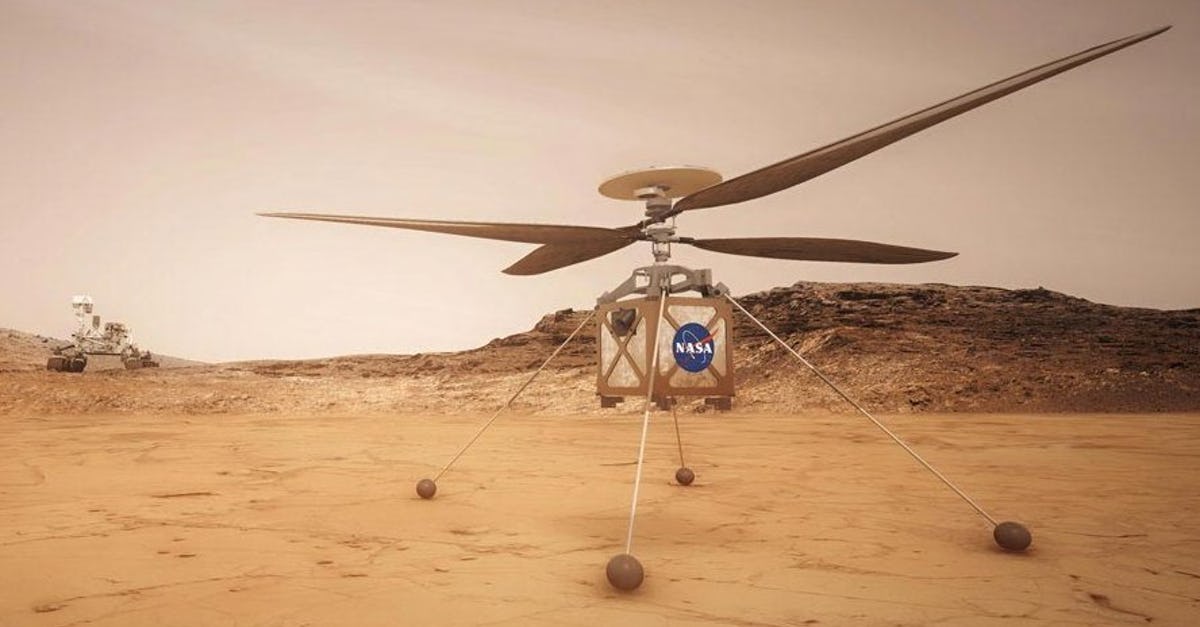I know the internet is awash in coverage of the Perseverance Rover’s recent successful landing on Mars on 2/18/21, so why am I posting on the subject? I felt compelled to after the questions posed to me by a 3rd grader during a video Q&A after a recent presentation about Perseverance. The 3rd graders are currently in the middle of their Solar System research, and a few students that had been assigned Mars had learned quite a bit about the history of robotic missions to the red planet. A student approached the screen so I could see and hear him better and asked, “Why bother sending another rover to Mars when we have already sent four, what’s the point?”
“THIS, is a great question!” I exclaimed as I threw my arms out to my sides. “One reason is, is that we still have not found something important we are looking for”, and knowing the age of my audience I added, “If you have 10 minutes with your parents to go to the store, would you be able see everything in the store?” They all shook there head no. I continued, “If I hid a chocolate bar somewhere at your school, are you certain you could find it if I just gave you one recess to look?” More emphatic “No’s” filled my screen in response. And since food can be a great way to harness students attention, you can try one of these Mars experiments https://www.jpl.nasa.gov/edu/learn/project/describe-rocks-like-a-nasa-scientist/
I told the students that this is what the previous rover missions to Mars have kind of been like, looking around a particular isle at a store or a classroom or two at their school. We may not find all the interesting things we are looking for on the first few missions, and we certainly have not explored the entire surface of Mars yet. NASA is sending this particular rover to land in a very interesting place called Jezero Crater, because we now know this crater was once filled with water back in Mars ancient past, and on Earth we have found fossils of ancient microbes in the rock of dry ground where there had once been water.
Could there be fossils of ancient microbes on Mars? That’s one of the questions the Perseverance Rover hopes to find an answer to. Wouldn’t that be exciting, if this were the first rover to find fossils on another world? This rover will also be doing some things no other rover or lander on the red planet has ever done before. Perseverance will collect sidewalk chalk size samples of rock with its onboard drill. It will seal them up for a future Mars Sample Return Mission to collect and return those samples back to Earth. MOXIE is an instrument that will test the process of making oxygen out of the chemicals in the Martian atmosphere. This will be a huge benefit to future astronauts that make the journey to Mars, so they can have supplies of oxygen for breathing and for making the rocket fuel they will need for the trip home to Earth. This is the first rover that will be conducting experiments to prepare for the first astronauts to follow in the 2030’s.
The rovers 23 cameras will provide unprecedented views, and the 2 microphones will allow us to hear the winds of Mars for the first time. Ground penetrating radar will provide a first look at geologic structures beneath the surface, a pair of spectrometers will provide information on the chemical makeup of the rocks the rover will study, and a month or so from now something will happen on the surface of Mars that seems like science fiction; A small helicopter named Ingenuity will lift-off from the surface of Mars for the first helicopter flight on another world! There is a lot to look forward to over the next Martian year (2-years on Earth). And all the students agreed that those were some great reasons for sending Perseverance and Ingenuity to continue to explore.





Leave A Comment